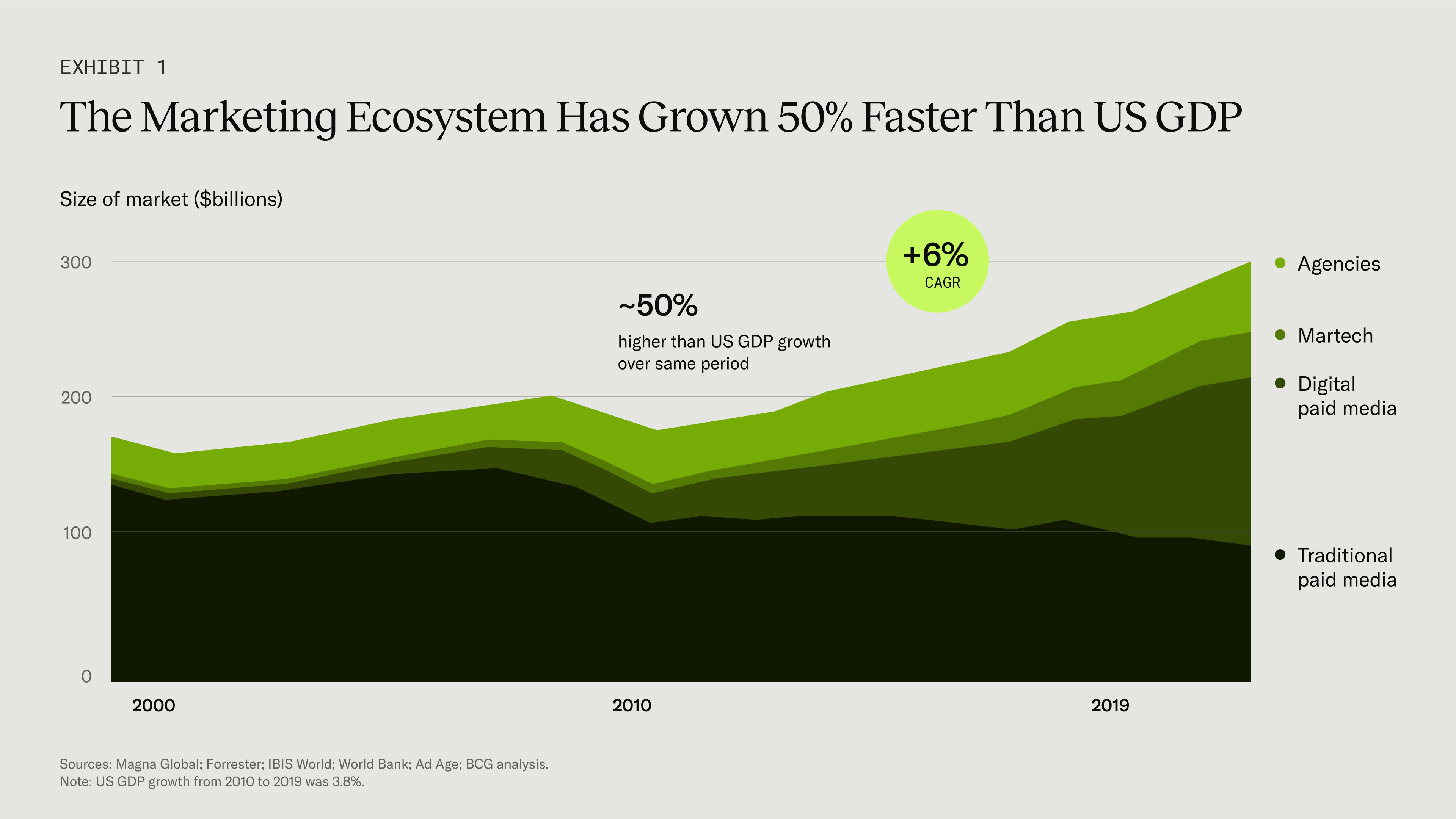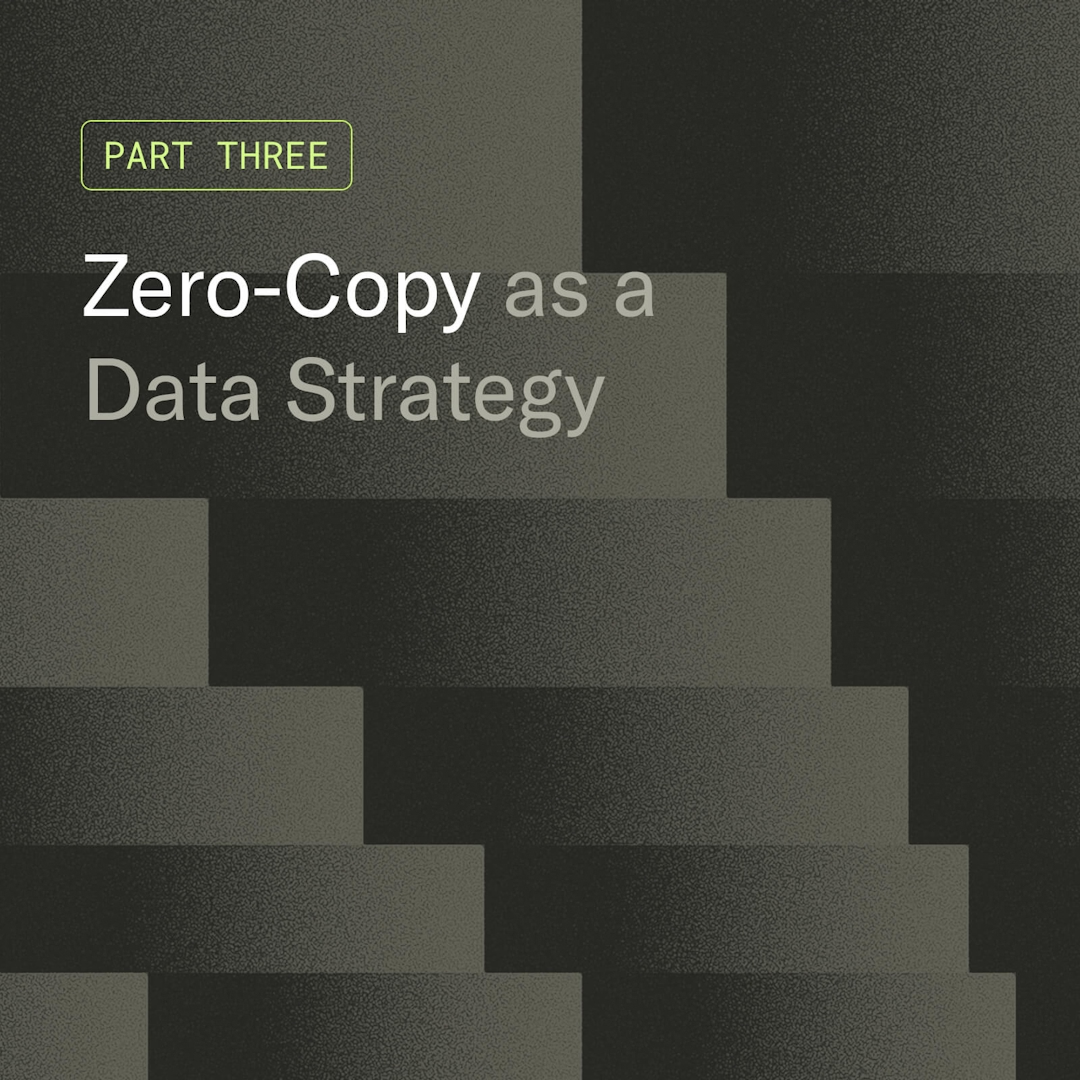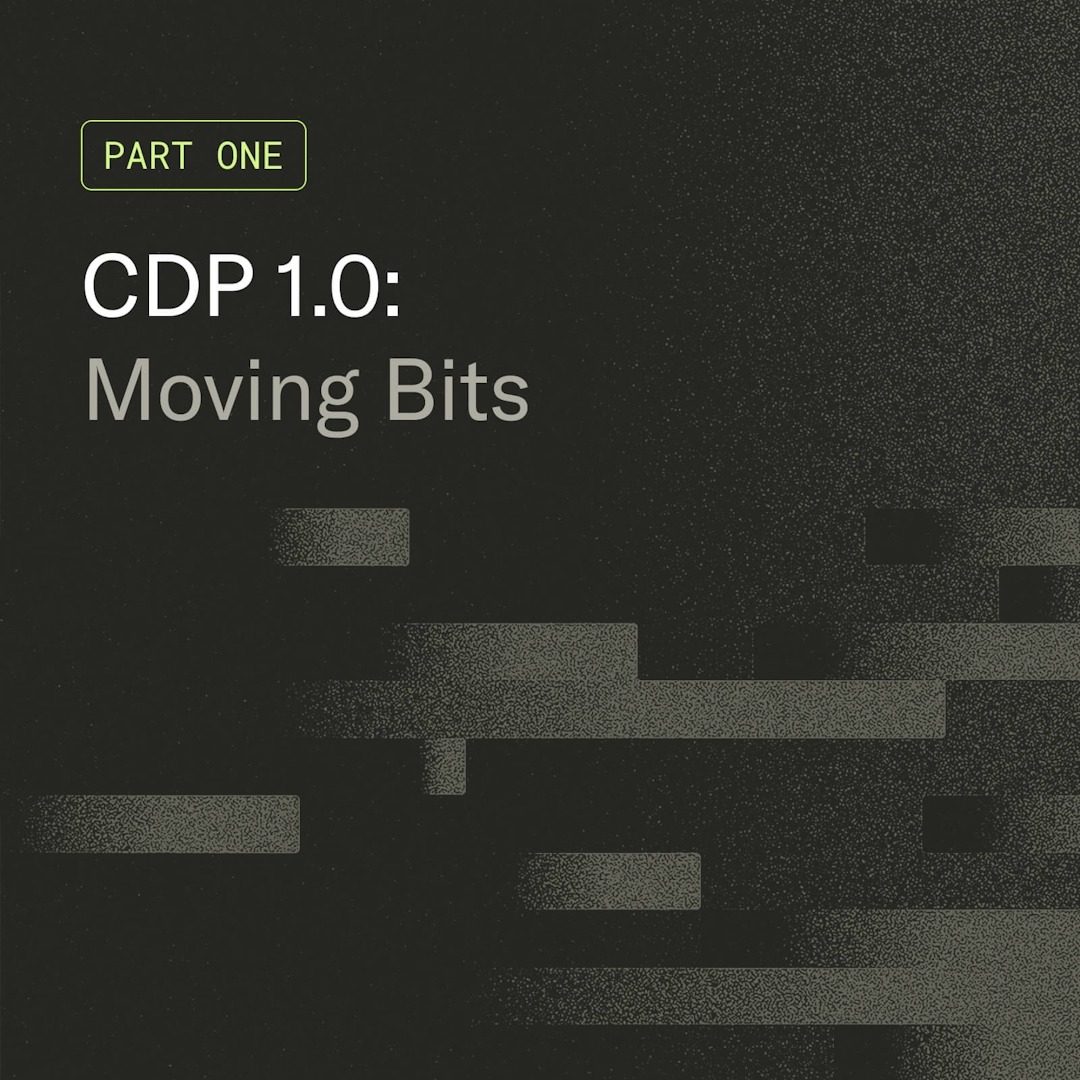This post is part of the CDP 2.0: Why Zero-Waste Is Now series. For the best experience, we recommend starting with the Introduction and reading each chapter in sequence.

Early adopters of new tools experienced success as more customer touchpoints created new marketing opportunities. The desire to create a “modern marketing stack” to provide the latest in omnichannel CX spread. However, tying all of these tools into a coherent marketing strategy was nearly impossible. Legacy marketing platforms that previously used to unify marketing data, such as DMPs, CRMs and Tag Managers, were not well positioned to handle the complex identity and PII handling needs of the new tools.
The first generation of CDPs, like mParticle and Segment, emerged to solve these challenges. Specifically, CDP 1.0 aimed at improving operational efficiency by reducing the burden of data integration and coordination required to run a modern marketing stack. Validating this market need, a significant number of CDPs quickly came to market, including several legacy platforms who pivoted into the CDP space.
A common CDP capability set emerged, which is usually organized into four pillars:
- Unifying disparate data sources into a single (proprietary) data store.
- Creating a unified/integrated view of each customer profile.
- Centralizing segmentation across multiple channels and vendors.
- Simplifying outbound marketing tech integrations for channel unification.
Notably, much of the initial feature differentiation amongst CDPs disappeared for a couple of reasons. Integrations to various marketing endpoints became much easier to build and maintain as public APIs became well-documented and maintained, making many integrations trivial. More importantly, competitors mimicked each others’ core features.
The majority of CDP differentiation became contained in a few notable areas:
- Vertical focus/specialization, especially in regulated environments.
- GTM approaches, largely broken down between marketer or developer targets.
- Low-latency capabilities, AKA real-time.
- Quality of certain key integrations.
Outside of these areas, choosing between CDPs based on functional capabilities became exceedingly difficult.









